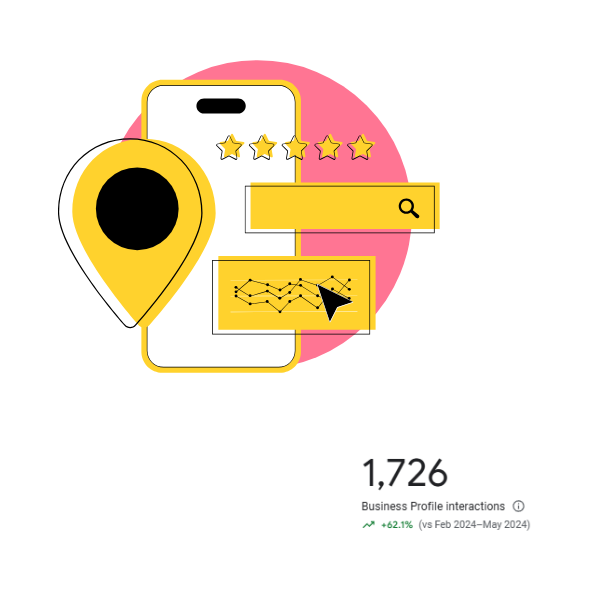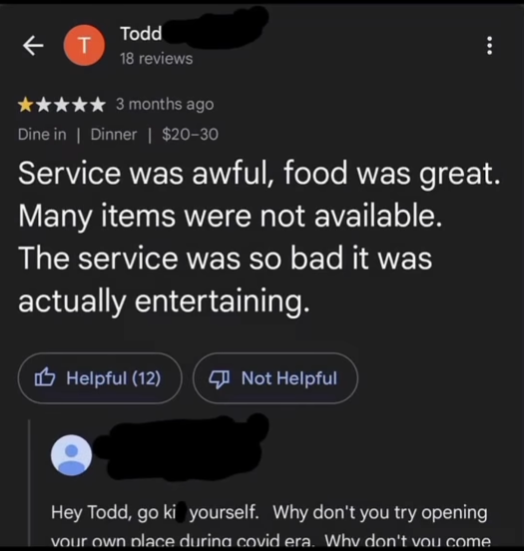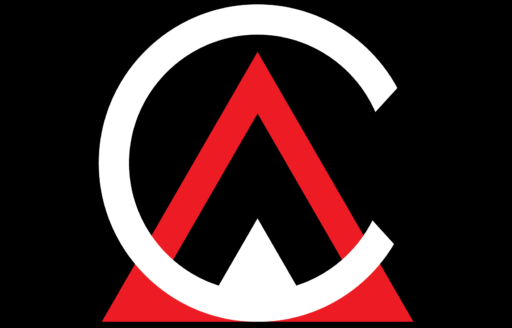How to Optimise Your Google Business Profile in Australia

If you’re a local business in Australia, optimising your Google Business Profile (GBP) is one of the most effective ways to attract more leads.
I mean just think about it, if you are looking for a local product or services, where are you going to go? Google. Once you’re on Google, where are you going to look? In general, you will look at something called the map pack, which is where businesses Google Business Profiles will be displayed.
Compared to broader SEO campaigns, it’s usually the most cost-effective SEO way to increase visibility and attract local SEO leads.
In this guide, I’ll walk you through how to optimise your GBP for both SEO and user experience.
Why trust this advice?
I rank #1 locally for “SEO near me” and work exclusively with small to medium businesses across Australia, managing their SEO across a wide range of industries.

Be Cautious When Making Changes
If your profile has been around for a while, or if you’re short on time, proceed carefully. Google is strict when it comes to changes on business profiles. Even small tweaks can trigger a re-verification process that’s often long and inconsistent.
Especially during the verification phase, different Google reps may give you different answers. If you’re busy, it might be worth working with an experienced SEO consultant to avoid headaches.
Most importantly, don’t fake anything. Don’t use a false address, stuff in fake reviews, or overload your name with keywords. Google still removes or suspends business listings all the time for policy violations.
Get Reviews!
This can’t be emphasised enough. Despite it being one of, if not the strongest ranking factor, it also is great from a user experience perspective. I mesn think about it, if you go on the map pack, which business will you pick? Usually the business with the highest review count, or the business with the most reviews.
Most local businesses are not doing enough to get reviews, their are many different tools and ways you can get reviews. A great way is simply asking, or getting a QR code and dispkaying it on invoices, or in your pjhysical shop.
You can also use and display these reviews in your website, and you can also utilise and add a structured markup, which can aid in click through rates and conversions for services pages.
Respond to Reviews
Always reply to reviews, both positive and negative. This shows Google (and real people) that you care about customer experience. I know personally, I will read bad reviews and see if I believe them to be valid – a strong way I decide this is how a business responds.
Just don’t do it like this:

Be professional. Acknowledge feedback and move on. It matters.
Select The Correct Categories
This sounds basic, but it’s often missed. Your primary category should reflect your main service. Don’t overthink it, just be accurate.
You can also add secondary categories, which only take a few minutes and can improve relevance
Add Keywords (Carefully)
Yes, you can include keywords in your business name, but only if they’re natural and relevant. Don’t force it. This is more art than science.
A helpful strategy is to look at competitors. What keywords do they include in their listings? Do they align with their actual business name? Do they incorporate a location, if so what location?
Have a Physical Location
Having a verified physical location is a known ranking factor, especially for service-based businesses. Google will often prioritise businesses that are physically closer to the searcher.
In Australia, make sure your business address matches your ASIC registration, as it will be very difficult to get this approved if this is not consistent. If you operate as a service business, you will need to still proof your business, through gear (think tools) transportation and a logo.
Stay Open Later
Staying open later will allow your business to show more frequently if other businesses are closed.
Be careful when you do this, as if you are dishonest about your opening hours you can run the risk of getting your listing banned or suspended.
Add Your Social Profiles
As of 2024, Google now allows you to directly link your social profiles from your Business Profile. No more clunky code or hoping Google picks up structured data.
From an EEAT (Experience, Expertise, Authoritativeness, and Trustworthiness) perspective, this is a must.
Add a Local Schema
While the SEO impact of schema is debated, it’s still considered best practice.
Structured data is essentially code added to your website that helps Google better understand your business. For example, an “aggregate rating” schema displays your average review score and total number of reviews, potentially boosting your click-through rate.
Even if it doesn’t guarantee ranking changes, it strengthens your overall online presence. You can validate this markup by inserting your URL (website) in Google’s Rich Results tool.
Build Directories (citations)
Getting listed on reputable directories helps reinforce your business details across the web, known as NAP (Name, Address, Phone number) consistency.
But quality beats quantity. Focus on reputable Australian directories like Yellow Pages and Local Search.
I’ve compiled a list of the Top 20 free directories in Australia, but most businesses will get better results by outsourcing this to a professional rather than doing it in-house.
Add Photos
Photos and posts aren’t major ranking factors, but they can help with engagement and conversions. Keep your profile fresh with real photos, service listings, and the occasional update.
It shows activity, builds trust, and makes your business feel more “real.”
Be Patient
GBP rankings are slower and harder to influence than traditional website SEO. Profiles with history and consistent engagement tend to rise over time. The region will also affect competitiveness. For example the central coast will typically be a lot less competitive then SEO in Sydney, this is due to the larger volume of business (and searches)
Don’t get discouraged. Lay the groundwork, follow best practices, and keep collecting reviews. Results will come.
If you are looking to make a real dent in lead generation for Local SEO, it is best to consult an SEO specialist like me, with a strong portfolio of Local SEO case studies. Feel free to get in touch with me
About the author

Aidan Coleman
Aidan Coleman is an SEO specialist who started out in digital marketing before honing in on search. Realising the complexity and the misinformation in the industry, he began freelancing and building his own site to prove what good SEO really looks like. Today, he helps businesses grow with clear, honest, and effective SEO strategies.
